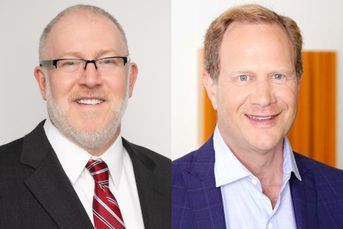Survey shows more employees contributing to retirement plans, receiving matches

A PSCA study shows plan participant and employer contribution rates in 2021 combined to produce an average savings rate of 13.9% of pay, an all-time high.
The tight labor market caused companies and employees to contribute at record levels to their retirement plans in 2021, according to a new study.
The Plan Sponsor Council of America’s 65th Annual Survey of 401(k) and Profit Sharing Plans released Tuesday revealed record-high rates of retirement savings as companies amplified benefits to retain current employees and attract new ones.
The survey showed that in 2021, participant and employer contribution rates combined to produce an average savings rate of 13.9% of pay, an all-time high. 2021 also saw the highest employer contribution rate in the survey’s history, at 5.6% of pay.
Thirteen percent of employers increased their profit-sharing contributions in 2021, while 5% percent increased their match.
The report showed the combination of increased contributions and decreased withdrawals boosted average account balances to nearly $195,000, up from $180,000 the prior year.
“As the nation emerged from the impact of the COVID-19 pandemic, benefit programs generally, and retirement savings programs particularly, were seen as a key employment differentiator,” Hattie Greenan, director of research and communications for PSCA, said in a statement. “With the support and encouragement of employer contributions, workers responded in kind, enhancing their long-term retirement security.”
The study showed that plan participation among eligible employees rose to 89.2% in 2021, up from 88.5% in 2020. Meanwhile, the average deferral rate came in at 8.3% of pay, up from 8% in 2020.
On the flip side, distributions fell, as only 1.9% of participants took a hardship withdrawal in 2021, down from 2.6% in 2020.
“The increase to 90% making contributions is outstanding,” said Stephen Popper, managing director at SageView Advisory Group. “I think much of that has to do with auto-enrollment features defaulting employees who may otherwise not actively participate in an employer’s retirement plan. Plus, we are seeing more and more clients opt in to do auto deferral increases beyond 6%, which will naturally push up employee deferrals.”
Finally, the survey showed that companies continued to add new plan features designed to boost both worker retention and savings rates. For example, the use of immediate vesting increased from 41% in 2020 to 44% in 2021. And Roth availability has risen to become an option in 87.8% of plans, the survey showed.
Learn more about reprints and licensing for this article.








